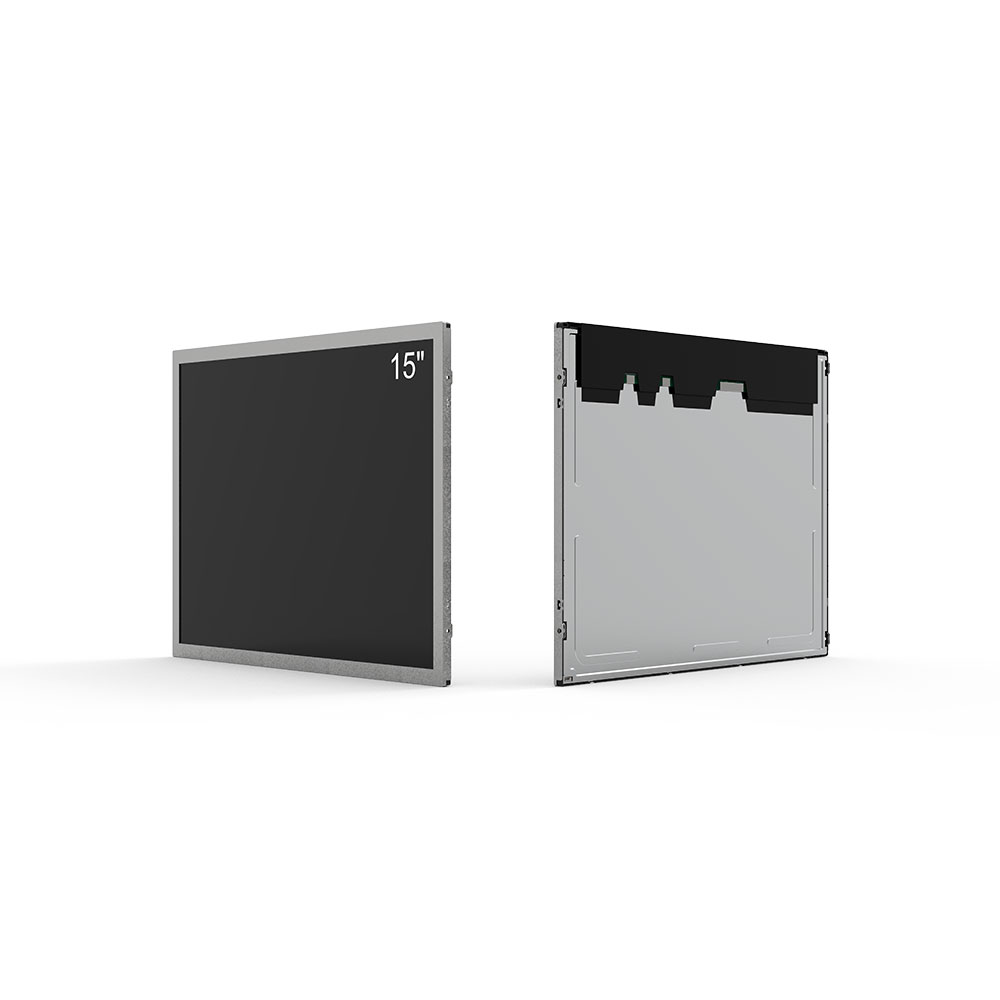- Home
- About Us
- Products
- News
- Video
- Contact
- Send Inquiry
Search
- Home
- About Us
- Products
- News
- Video
- Contact
- Send Inquiry

When it comes to enhancing visibility and communication in outdoor environments, an outdoor LCD display is a powerful tool for businesses across industries—from retail and transportation to hospitality and public services. Unlike indoor displays, outdoor LCDs must withstand harsh conditions such as direct sunlight, temperature extremes, humidity, and even physical impact. Therefore, selecting the right model requires careful consideration of several critical factors beyond just screen size or resolution.
First, brightness is paramount. A typical indoor display may have a brightness of 300–500 nits, but for effective outdoor viewing—especially under direct sunlight—a minimum of 5,000 nits is recommended. High-brightness displays ensure content remains legible during daylight hours without glare or washout. Look for displays with dynamic brightness control, which automatically adjusts luminance based on ambient light levels, improving both energy efficiency and visual clarity.
Second, environmental durability matters. Check the Ingress Protection (IP) rating; for most outdoor installations, an IP65 or higher is essential to protect against dust and water ingress. Additionally, consider the operating temperature range—ideally from -20°C to +60°C—to ensure reliable performance in extreme climates. Some models also feature anti-glare coatings, vandal-resistant glass, and shock-absorbing mounts to enhance longevity in high-traffic or exposed areas.

Third, connectivity and content management are crucial. Modern outdoor LCDs often support multiple input sources like HDMI, USB, and Ethernet. For centralized control, look for devices compatible with cloud-based content management systems (CMS), allowing remote updates and scheduling across multiple screens. This is especially valuable for multi-location businesses seeking consistent branding and real-time messaging.
Fourth, power efficiency and thermal management should not be overlooked. Outdoor displays run continuously, so low power consumption reduces long-term costs and minimizes heat buildup—a key factor in maintaining screen lifespan. Features like intelligent fan control and passive cooling help maintain optimal internal temperatures, especially in hot environments.
Finally, consider installation flexibility. Whether mounted on a wall, pole, or freestanding structure, the display’s mounting options and weight distribution affect both aesthetics and safety. Integrated cable management and weatherproof enclosures can simplify installation while protecting hardware from tampering or damage.
Choosing the right outdoor LCD display isn’t just about specs—it’s about aligning technical capabilities with your business goals. For example, a restaurant might prioritize bright, weatherproof signage for menu boards, while a transit agency would need rugged, durable units for real-time schedule updates. By evaluating brightness, durability, connectivity, efficiency, and installability, you can make an informed decision that delivers lasting value and strong ROI.
In summary, a well-chosen outdoor LCD display serves as both a functional asset and a brand ambassador. It enhances customer engagement, improves operational efficiency, and ensures consistent messaging—even in challenging outdoor conditions. Investing time in research now pays off in reliability, reduced maintenance, and improved user experience down the line.